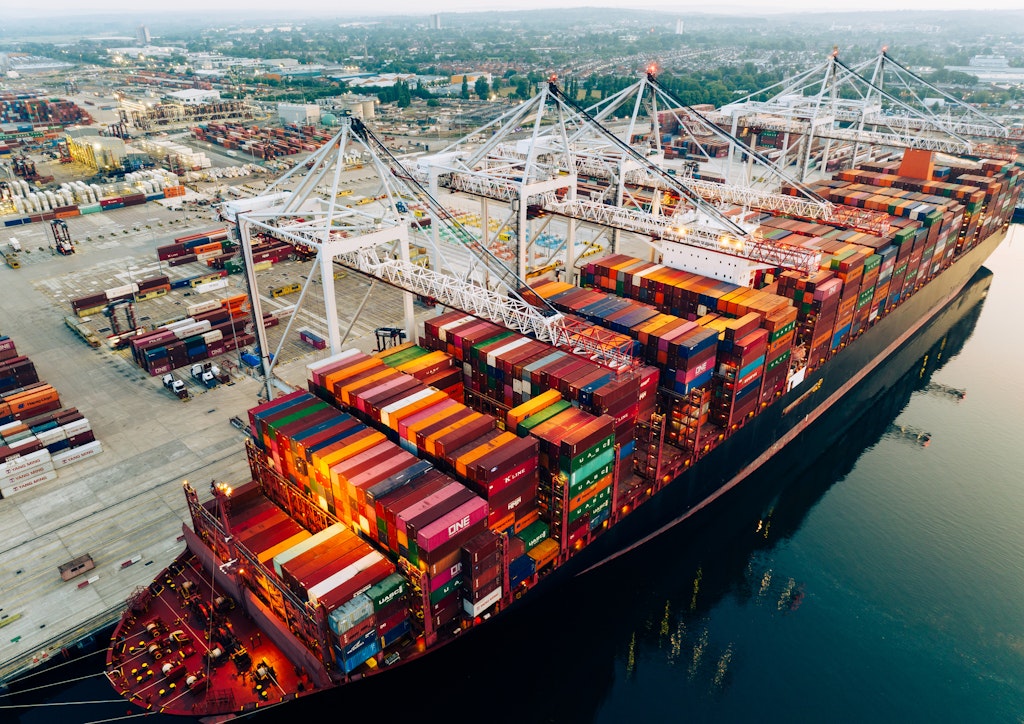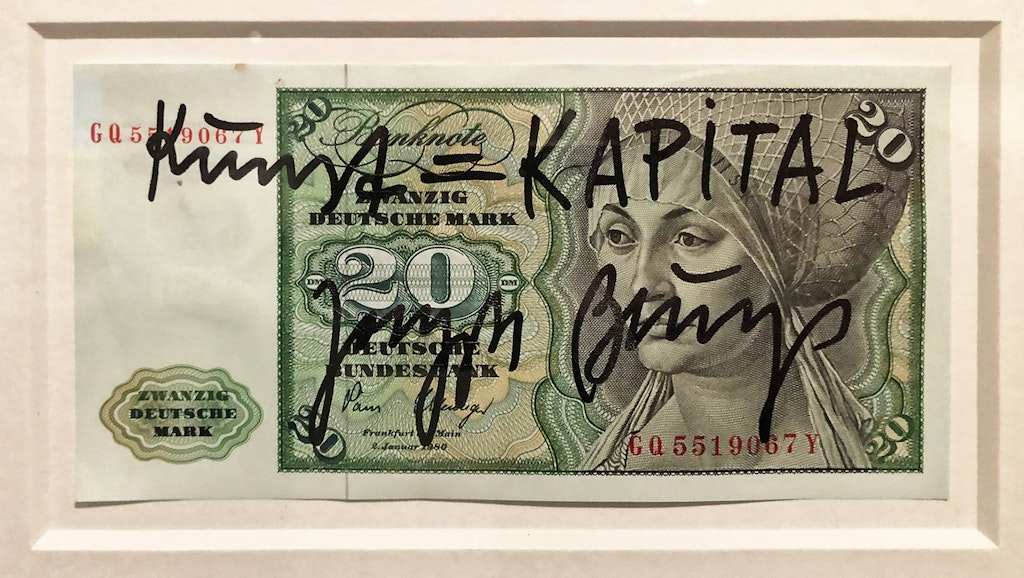A great deal for Britain
Some things social media forgot to tell you about the UK–Australia trade deal
The UK-Australia trade deal is now in force, but all we seem to hear about it are the irrational fears of UK beef farmers. Despite being unable to supply present UK consumer demand, they seem to believe that farmers outside the EU should not be allowed to fill this supply gap. In light of this imbalance, here are some positive things that you may not have heard about the Australian trade deal.
- Australia has dropped all tariffs and quotas on all UK goods with the exception of some steel coils and pipes and some UK cheeses — these will need to wait for five or six years before Australians can import them completely tariff free.
- This trade deal is very good news for UK exporters. Despite the hoo-hah in the press about farmers, the UK’s biggest exports are machinery, vehicles, aircraft and seacraft, electronics, precision equipment, pharmaceuticals and chemicals. Together they made up over 50 per cent of UK exports in 2022. To put this in perspective, according to the ONS, UK exports of unprocessed agricultural products made up just 0.6 per cent of total UK exports in 2022.
- Unlike Australia, the UK is retaining its tariffs, quotas and product specific safeguards on Australian agricultural products for many years:
- Beef: It will be 15 years before the UK will be able to import as much tariff free beef from Australia as it presently imports from Ireland (tariff and quota free).
- Sheepmeat: It will also be 15 years before the UK could import as much tariff free sheepmeat from Australia as it has been able to import from New Zealand for decades, although this quota is rarely filled these days.
- Dairy products: The tariff free quotas for Australian dairy products are equivalent to about 4.5 per cent of the UK’s present dairy imports. This amount will be slowly increased over five years to reach seven per cent of the UK’s present imports before unlimited quantities of Australian dairy products can be imported tariff free, as they are now from the EU.
- Wheat: Only 80,000 tonnes of Australian wheat will be able to be imported tariff free for the first five years of the Trade agreement, even though the UK imported a total of one and half million tonnes of wheat in 2022.
- Barley: Tariff free imports will be limited to 7,000 tonnes — only becoming tariff free in five years’ time, even though the UK imports between 50,000 and 200,000 tonnes of barley each year.
- Sugar will be limited to 80,000 tonnes in the first year of the agreement, and it will increase to 220,000 in eight years time, before becoming tariff free. However, the UK imported 700,000 tonnes of sugar in 2022, and some years it has imported as much as 1,250,000 tonnes.
- Fruit and Vegetable: Tariffs on strawberries and pears will be eliminated over four years whilst bananas, apples and grapes will take eight years. Tariffs on vegetables including broccoli, cauliflower, cabbages, cucumber, beans, asparagus, aubergines, celery, courgettes, sweetcorn, fennel, squash, pumpkin, peppers, mushrooms, tomatoes, even truffles will take four years to be removed. To put this in context, the UK imported almost three million tonnes of vegetables last year, and 3.6 million tonnes of fruit. Why are we retaining the tariffs on Australian fruit and vegetables when we import so much from other countries?
I mention these trade restrictions simply to dispel the myth that the trade deal is bad for British Farmers. That isn’t true. British farmers have been protected more than any other industry. This slow removal of tariffs is instead bad for UK consumers, who will have to wait years to see any benefits, in the form of lower prices, from this trade deal.
Ironically, the deal is extremely good for the EU farmers who presently supply the UK with imported food. They will be able to continue to do so, unchallenged by competition from Australian farmers.
In contrast to the UK, Australia has removed its tariffs on UK sparkling wines, whiskies and gins, despite having its own wine and spirit industry. British healthcare products, from bandages to dental cement, are now tariff free in Australia. British made chemicals, paints, varnishes, make-up and toiletries are also tariff free — as are British textiles, clothing and footwear. Page after page in the tariff schedule, Australian tariffs on UK goods have been eliminated in full.
This will be very good for UK manufacturing and UK made cars. Cars are one of the UK’s most valuable exports internationally. With the removal of the five per cent tariff, the UK’s premium vehicles will now be cheaper in Australia than their EU competitors, on a level playing field with US and Japanese marques. So will all sorts of British made machinery, from fork-lift trucks to graders and diggers, which can now be imported tariff free in Australia.
Some of the detractors of the trade deal have tried to pretend that the UK is a massive farming nation, exporting agricultural goods all over the world. In reality, it is the exact opposite. The UK is a large importer of agricultural goods. UK cheese exports, for example, made up only 0.17 per cent of total UK exports in 2022.
Other detractors have claimed that Australia will flood the UK with hormone “injected” beef. That also isn’t true. For a start, it is illegal to import or sell goods in the UK that do not meet UK standards; this includes beef produced using additional hormones (HGP) to increase the animal’s muscle mass. Any beef imported by the UK must meet EUCAS standards, and EUCAS standards don’t allow HGP beef.
Australia strictly monitors hormones given to cattle and guarantees full traceability
This is not a problem for Australia, as only about 40 per cent of its beef is produced using additional hormones. Australia exports around one million tonnes of beef a year and supplies whatever standard of beef its customers want. This includes its domestic customers — one of Australia’s largest supermarket chains, Coles, stopped selling HGP beef in 2010. Some of Australia’s export customers, including their second largest beef customer, China, also don’t allow beef produced with HGP. Consequently, Australia strictly monitors hormones given to cattle and guarantees full traceability through its National Livestock Identification System.
For what it’s worth, the hormones used in cattle are naturally occurring and are found in many foods including milk and eggs. You would have to eat 77 kilos of beef from a HGP treated steer to get the same level of oestrogen found in just one egg. That won’t stop some people from fearmongering about this practice.
There have also been completely unfounded rumours spread on social media that Australian beef is full of antibiotics. This is completely false. Australia has one of the lowest levels of antibiotic use in farm animals in the world, certainly lower than the UK. This is primarily because Australian cattle live outdoors, all year around. It is illegal to use antibiotics as a growth-promoting agent in Australia. Any Australian cattle given antimicrobials for health reasons cannot be sold or processed until the withholding period or export slaughter interval has expired. Antibiotic use in farm animals is more prevalent in indoor intensive farms, such as chicken and pig farms, rather than beef farms — unless the cattle are kept indoors during the winter, as they are in most of Europe. Chicken, egg and pork products were excluded from the trade deal, however, so there is no risk of antibiotics entering the UK this way either.
Don’t listen to the naysayers. This is a great deal for the UK. It will boost the UK’s manufactured exports immediately, and eventually UK consumers will also benefit.
Enjoying The Critic online? It's even better in print
Try five issues of Britain’s most civilised magazine for £10
Subscribe














